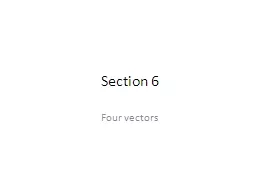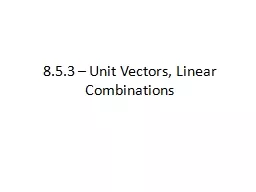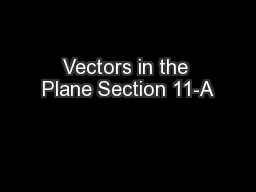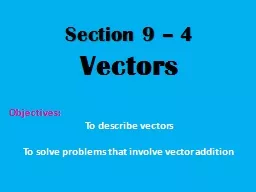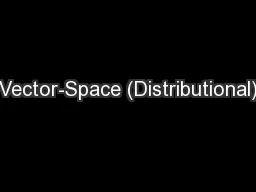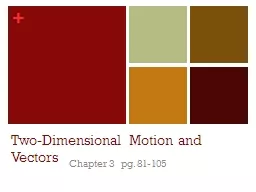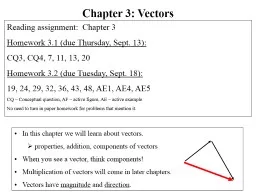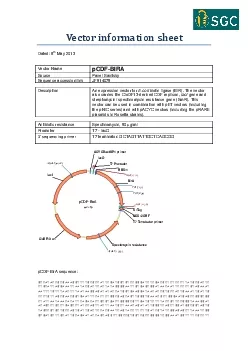PPT-Section 6 Four vectors Four radius vector
Author : test | Published Date : 2018-10-29
Coordinates of an event in 4space are ctxyz Radius vector in 4space 4radius vector Square of the length interval does not change under any rotations of 4 space
Presentation Embed Code
Download Presentation
Download Presentation The PPT/PDF document "Section 6 Four vectors Four radius vecto..." is the property of its rightful owner. Permission is granted to download and print the materials on this website for personal, non-commercial use only, and to display it on your personal computer provided you do not modify the materials and that you retain all copyright notices contained in the materials. By downloading content from our website, you accept the terms of this agreement.
Section 6 Four vectors Four radius vector: Transcript
Download Rules Of Document
"Section 6 Four vectors Four radius vector"The content belongs to its owner. You may download and print it for personal use, without modification, and keep all copyright notices. By downloading, you agree to these terms.
Related Documents

